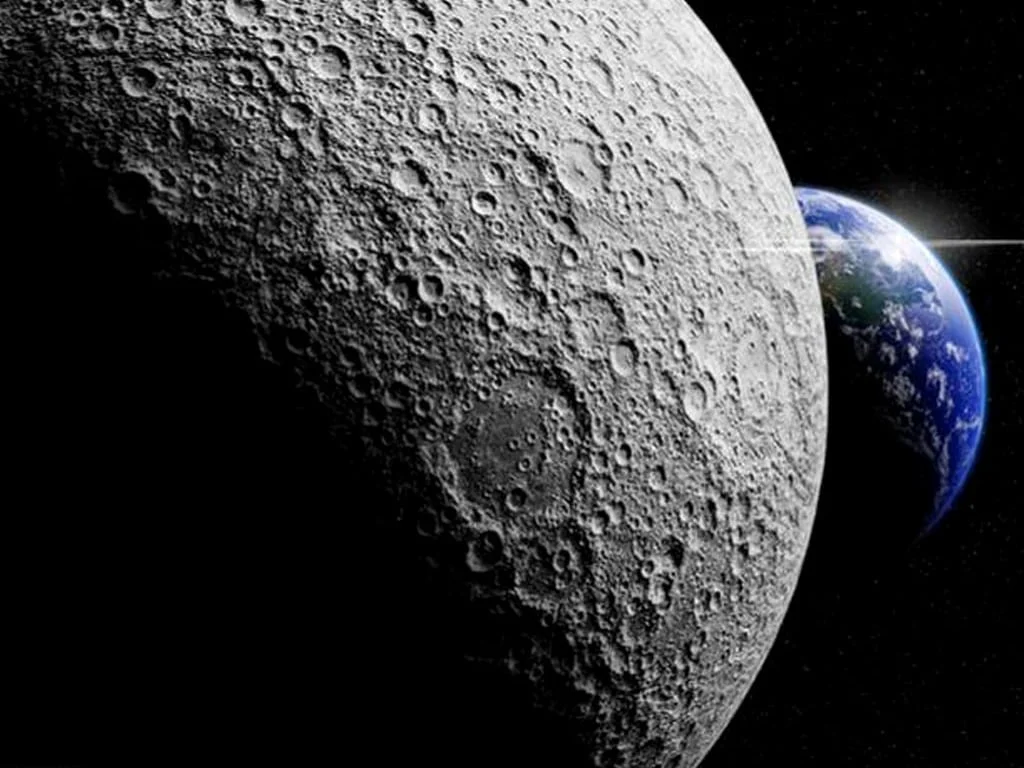Scientists have discovered that the Moon contains an estimated 270 trillion kilograms of water stored in tiny glass beads. The discovery could prove invaluable to “future explorers” of the Moon, who may be able to extract and use the water for their missions.
According to a study published in the Nature Geoscience journal on Monday, the water was found inside glass beads that were formed by the violent collisions of space rocks with the Moon’s surface. Recent missions have shown that the Moon is not as dry as previously believed, contrary to popular belief.
The study, conducted by the Chinese Academy of Sciences, examined 117 glass beads collected from the Moon’s surface during China’s robotic Chang’e 5 mission in 2020. The beads are formed when tiny meteorites bombard the Moon’s unprotected surface, melting the surrounding material and cooling into glass.
The water molecules get stored in the beads, which act like a sponge for the molecules. The hydrogen needed to make the water molecules comes from the solar wind, which is a flow of charged particles emitted from the Sun’s atmosphere across the Solar system. Oxygen, which makes up nearly half of the Moon, is trapped inside rocks and minerals.
The researchers said that extracting the water is possible with mild heat of around 100 degrees Celsius (210 Fahrenheit). They also noted that a sustainable water cycle might exist on the Moon due to the interaction of the solar winds with the lunar surface. This means that other planets and bodies in the solar system, such as Mercury, may also have solar wind-generated water.
“Water is the most sought-after commodity for enabling sustainable exploration of planetary surfaces,” said planetary scientist Sen Hu, co-author of the study. “Knowing how water is produced, stored, and replenished near the lunar surface would be very useful for future explorers to extract and utilize it for exploration purposes.”
The discovery of water on the Moon is a significant step forward in space exploration. It opens up possibilities for future missions and may even lead to the establishment of a permanent base on the Moon. With the potential to extract water from the Moon, scientists and space agencies can further explore the mysteries of our Solar system and beyond.




